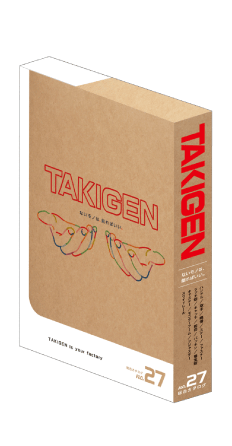Points To Note In Selecting The Slide Rails
The performance of the slide rails is strongly affected by the conditions under which they are used (size and centre of gravity of the drawer, frequency of use, environment, method of installation, etc.).
1. Allowable load
The allowable load is set at the maximum load permissible in actual use, taking safety factors into consideration, when the centre of gravity is located at the centre point of the stroke length and the drawer width.


2. Allowable load and frequency of use
There is a close connection between the permissible load and the number of times the slide rails are used, and this differs according to the set-up. The recommended load decreases as the frequency of use increases.
| Frequency of use | Recommended load N |
|---|---|
| 10,000 times | Allowable load (N) |
The frequency of use given here is a guideline based on the repeated opening and closing of the drawer.
Actual values will vary depending on the width of the drawer, its centre of gravity, method of installation, frequency of use, etc.
3. Method of installation
It is important that the slide rails be fitted so that the rails are perpendicular to the ground and the left- and right-hand rails are horizontally even and parallel to each other.
To prevent loosening of screws, ‘thread-locking fluid’ is recommended.
Vertical, horizontally even


4. Operation
Opening or closing the drawer quickly, or applying a sharp shock to the drawer while it is open, may cause damage to the slide rails.
In order to avoid a strong impact to the slide rails, it is recommended that a stopper or shock absorber be fitted to the case.
5. Miscellaneous
Working temperature
Under standard specifications, use within a normal temperature range. Please inquire regarding use outside of the normal temperature range.
Lubricant
To prolong use, it is recommended that a lubricant be applied regularly to the sliding parts. (recommended grease: Lithium-soap base extreme-pressure grease.)
6. Glossary of Slide Rail Terms
| Access hole | Hole for tool when installing slide rails. |
|---|---|
| Inner member | Member that makes up the slide rail, positioned on the inside of and smaller than the outer member. Mainly used on the moving side. |
| Cabinet member | Member that forms the fixed side. The moving side is called the drawer member. |
| With stopper mechanism | Type that cannot be pulled off when the slide rail is fully open. Not locked when fully open. |
| Detent mechanism | Simple lock mechanism when the slide rail is fully open or fully closed. |
| Drawer member | Member that forms the moving side. The fixed side is called the cabinet member. |
| Noise suppression bumper | Component with a noise suppressing function when the slide rail is fully opened or closed. Felt bumper and rubber cushion types are available. |
| Allowable load | Static load at the centre point of the traveling width and installation width. |
- Technical information
- System International Units
- About Hinges
- The Stay Standard Of Defining Right Type Or Left Type
- Amount Of Force Used To Operate The Lock
- Handling Precautions On Industrial Locks
- TAKIGEN Key Systems
- About Solenoid
- Caster Applications And Conditions Of Use
- Points To Note In Selecting The Slide Rails
